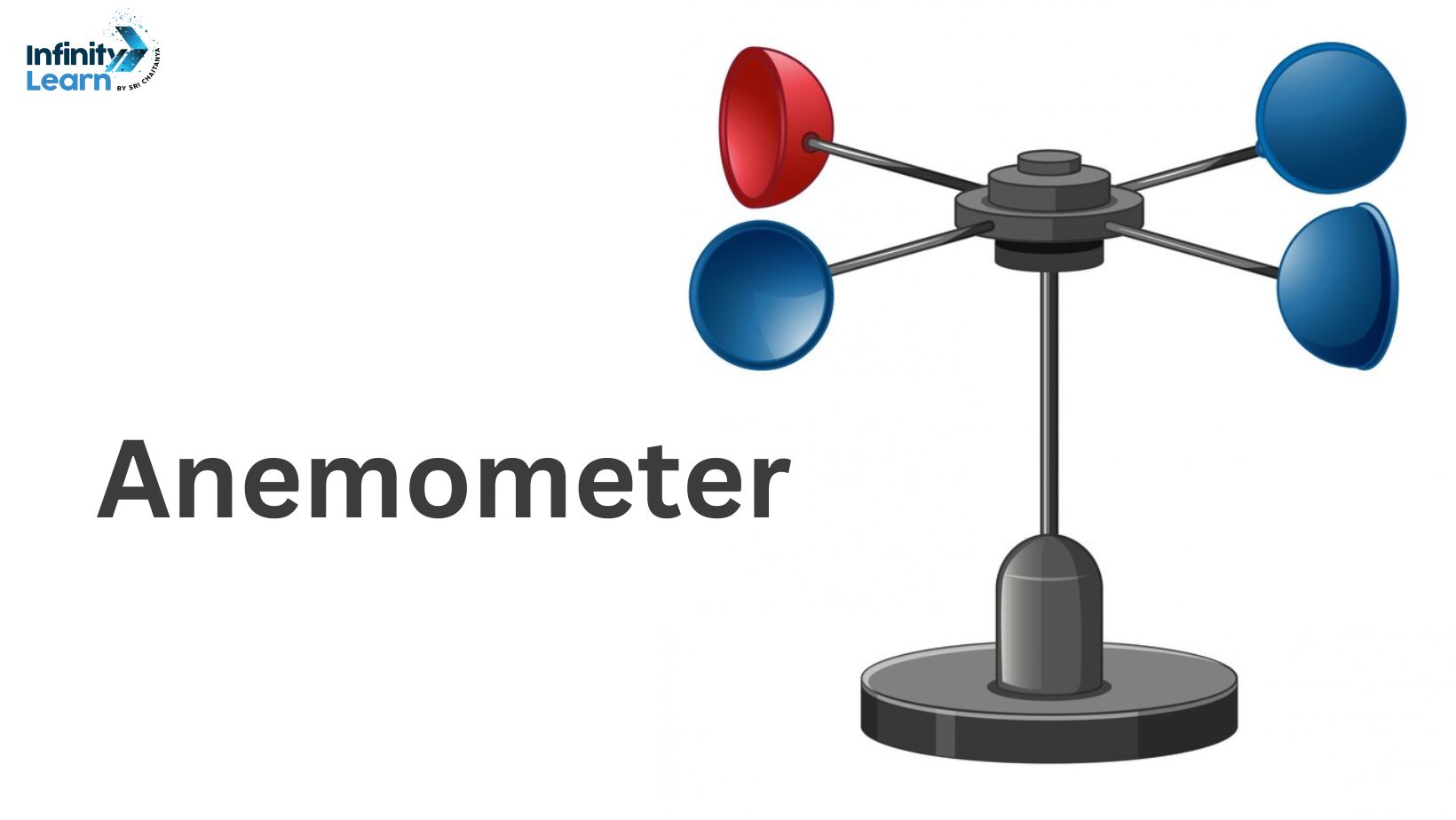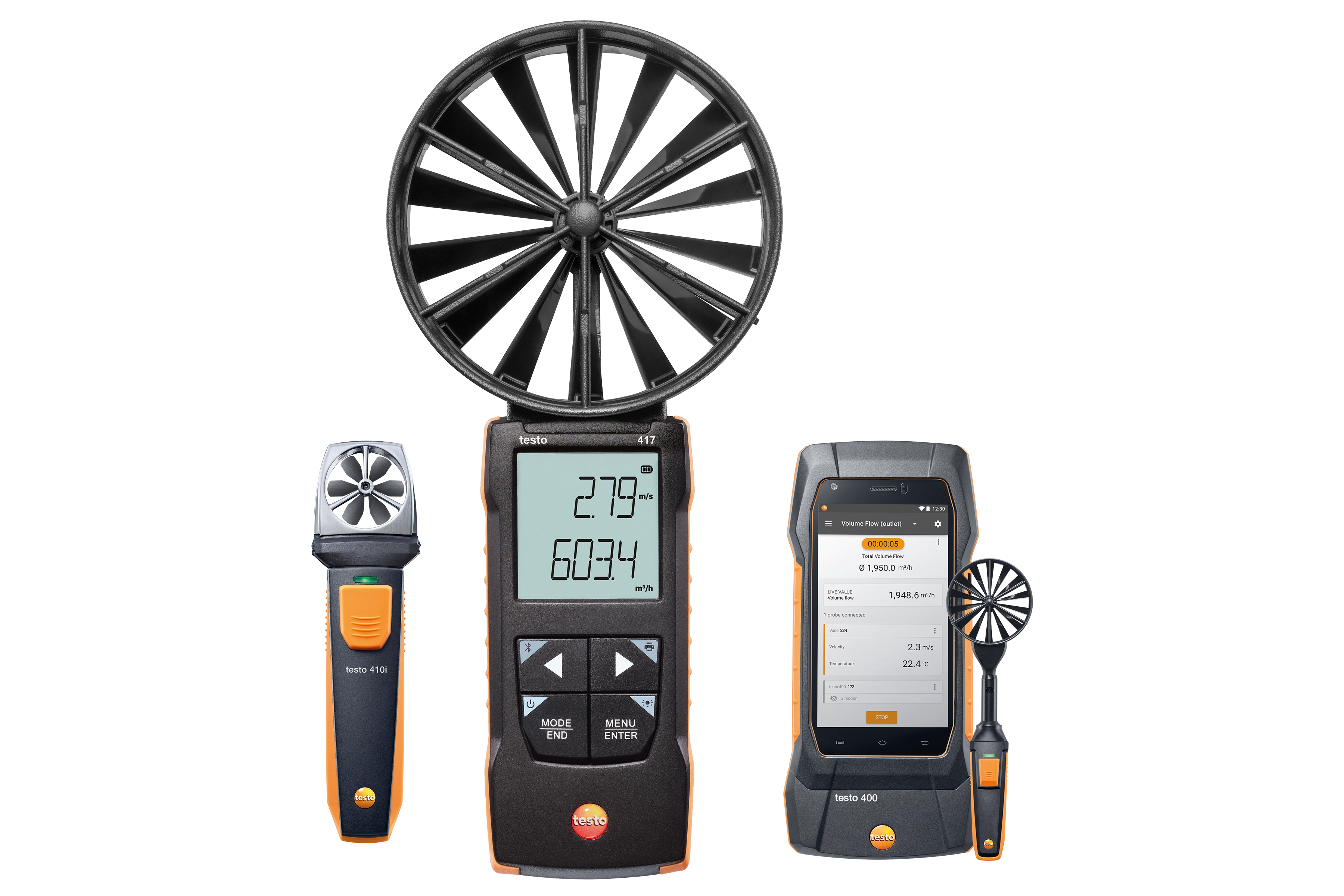Comprehending Various Types of Anemometers for Different Applications
Comprehending Various Types of Anemometers for Different Applications
Blog Article
Discovering the Features and Advantages of Anemometers for Climate Fanatics and Experts
Anemometers stand as crucial devices in the realm of weather condition monitoring, dealing with both enthusiasts and seasoned specialists alike. These gadgets use a home window right into the dynamic globe of wind patterns and speeds, providing very useful information for atmospheric evaluation and forecasting. From cup anemometers to sonic anemometers, each kind brings its special collection of applications and benefits, clarifying numerous elements of atmospheric problems. As we dig right into the functions and advantages of anemometers, a deeper understanding arises not only of prevailing weather sensations but additionally of the wider implications for industries like wind energy production and ecological research.
Importance of Anemometers in Climate Monitoring
Anemometers play a critical role in climate surveillance by giving accurate measurements of wind speed, aiding in forecasting and understanding climate patterns. These tools, ranging from conventional mug anemometers to contemporary ultrasonic anemometers, are necessary for meteorologists, researchers, and climate enthusiasts alike. By measuring wind speed, anemometers help in determining the intensity of weather condition phenomena such as hurricanes, storms, and tornadoes. Additionally, they offer beneficial information for aeronautics, maritime operations, and different industries that are sensitive to wind conditions.

Kinds Of Anemometers and Their Applications
With the important role anemometers play in weather condition surveillance and forecasting, recognizing the numerous kinds of these instruments and their applications comes to be vital for experts and fanatics in the area. One of the most common kinds of anemometers consist of cup anemometers, vane anemometers, hot-wire anemometers, and ultrasonic anemometers. Mug anemometers include 3 or four mugs mounted on horizontal arms that turn with the wind, gauging its rate. Vane anemometers, on the other hand, make use of an easily turning vane to align with the wind direction, supplying both wind rate and instructions dimensions. Hot-wire anemometers run based on the principle of convective warmth transfer, where the cooling result of the air flow is gauged to identify wind rate. Ultrasonic anemometers utilize ultrasonic noise waves to calculate wind rate and direction properly.
Each sort of anemometer has its unique benefits and applications. Cup anemometers are robust and suitable for basic weather condition surveillance, while vane anemometers are favored for directional dimensions. Hot-wire anemometers are delicate to reduced air speeds, making them optimal for indoor settings. Ultrasonic anemometers are non-intrusive and supply high precision, typically utilized in study and specialized weather condition monitoring applications. Comprehending the features and applications of each kind of anemometer is critical for picking the most suitable instrument for specific climate keeping track of demands.
Advantages of Utilizing Anemometers in Projecting
In weather forecasting, the utilization of anemometers supplies vital benefits for enhancing the precision of weather projecting. Anemometers determine wind speed and instructions, providing critical data for anticipating weather condition patterns. By including wind data right into forecasting models, meteorologists can much better recognize the movement of weather systems, prepare for modifications in weather, and problem a lot more exact forecasts.
In addition, anemometers play an essential duty in evaluating prospective weather condition risks. Checking wind rates assists forecasters predict serious weather condition events such as cyclones, twisters, and winter season tornados with greater precision. This early caution system allows authorities to issue prompt informs and carry out needed precaution, minimizing visit homepage the threats to life and property.
In addition, anemometers aid in maximizing renewable power manufacturing. By examining wind patterns, meteorologists can recognize suitable locations for wind ranches and predict power outcome, contributing to the efficient generation of wind power.

Anemometers in Wind Power Manufacturing
Provided the vital role anemometers play in supplying exact wind information for weather projecting and hazard analysis, their relevance prolongs to the world of wind energy production. Anemometers are necessary instruments in the area of wind power, where the measurement of wind rate and instructions is vital for establishing the feasibility and effectiveness of wind generator installments. By properly measuring wind rates at varying elevations, anemometers help enhance the placement and style of wind turbines to make best use of energy output.
In wind farms, anemometers are strategically positioned to accumulate real-time wind information that is made use of to analyze the prospective power production of a site. This data contributes in identifying the economic viability of wind power projects and in forecasting power generation to make sure grid stability. Additionally, anemometers help in checking wind problems to optimize turbine efficiency, avoid damages from high winds, and make sure the safety of employees operating in the area of wind generators.
Enhancing Climate Comprehending With Anemometers

Anemometers play an essential duty in improving our understanding of microclimates. These local weather can differ significantly from wider regional forecasts, making it essential to have precise data for particular areas. anemometer. By purposefully putting anemometers in various places, researchers can gather thorough information on exactly how wind acts in various surfaces, city environments, or bodies of water
Moreover, anemometers add to improving weather projecting designs by providing real-time data on wind actions. This info is especially valuable for predicting extreme weather condition occasions, enhancing farming practices, and supporting markets like air travel and maritime navigating. Generally, anemometers are vital instruments that enable us to dive deeper into the intricacies of climate systems, ultimately bring about more precise predictions and better-informed decisions.
Final Thought
In verdict, anemometers play an essential function in Full Report weather condition monitoring and projecting by measuring wind speed and instructions. Anemometers also have applications in wind power manufacturing, further highlighting their value in both weather click reference forecasting and eco-friendly energy fields.
From mug anemometers to sonic anemometers, each type brings its unique collection of applications and benefits, losing light on numerous aspects of atmospheric problems. These instruments, varying from standard mug anemometers to modern-day ultrasonic anemometers, are crucial for meteorologists, researchers, and climate fanatics alike. The most typical types of anemometers include cup anemometers, vane anemometers, hot-wire anemometers, and ultrasonic anemometers. Mug anemometers are appropriate and durable for basic climate tracking, while vane anemometers are preferred for directional measurements. Anemometers are essential tools in the area of wind energy, where the dimension of wind speed and direction is crucial for establishing the expediency and effectiveness of wind generator installments.
Report this page